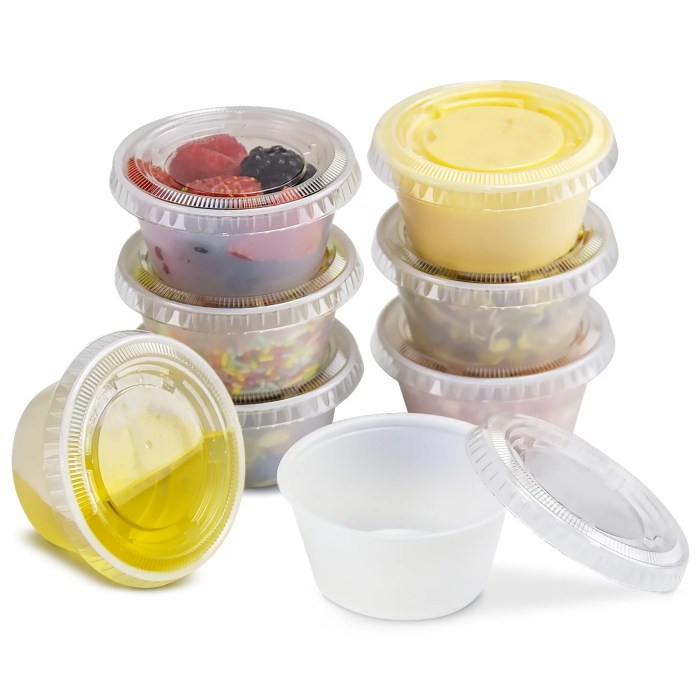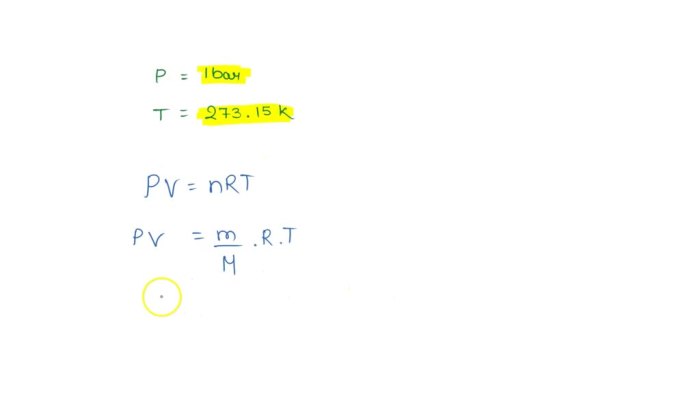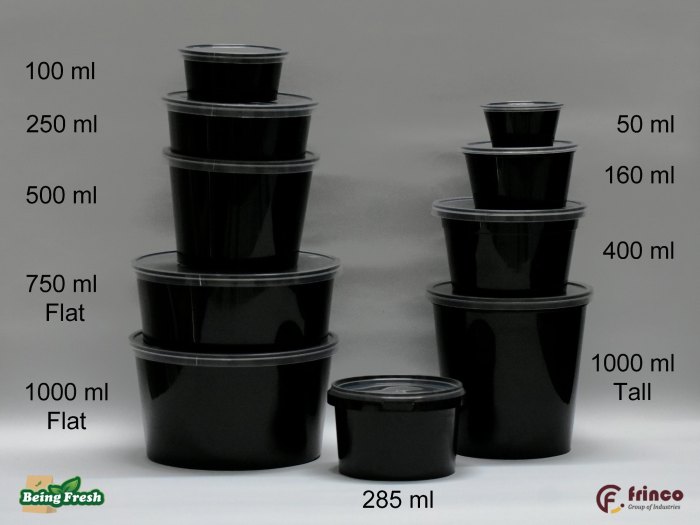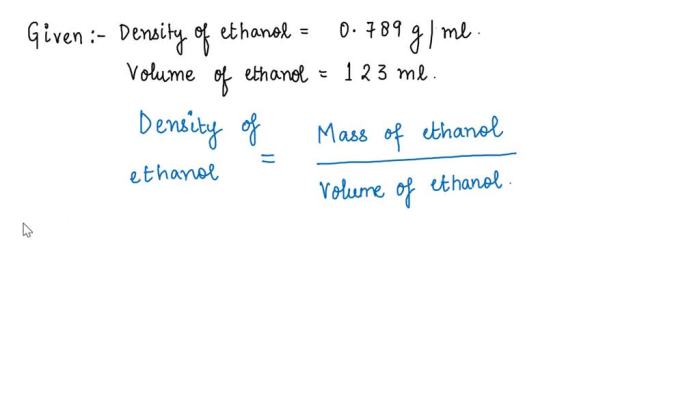A chef fills a 50 ml container with the utmost precision, showcasing the importance of accurate measurement in cooking. From understanding units of measurement to mastering the techniques for measuring liquids and dry ingredients, this guide provides a comprehensive overview of the essential skills required for culinary success.
Precise measurement is crucial in cooking, ensuring that dishes turn out as intended. Chefs rely on various measuring tools, including measuring cups and spoons, to achieve the perfect balance of flavors and textures. Inaccurate measurement can lead to culinary disasters, affecting taste, texture, and even safety.
Overview of a Chef’s Role in Measuring Ingredients
Precision in measuring ingredients is crucial in cooking. It ensures consistent results, balanced flavors, and the desired texture of dishes. Chefs utilize various measuring tools to achieve accuracy, including scales, measuring cups, and spoons.
Measuring Tools
- Scales:Digital or mechanical scales provide the most precise measurements, especially for dry ingredients.
- Measuring Cups:Graduated cups come in different sizes and are used for measuring liquids and larger quantities of dry ingredients.
- Measuring Spoons:Sets of spoons are available in various sizes, designed for measuring small amounts of ingredients, such as spices and seasonings.
Consequences of Inaccurate Measurement
Inaccurate measurement can lead to several issues:
- Flavor Imbalance:Incorrect proportions of ingredients can result in dishes that are too salty, sweet, or bland.
- Texture Problems:Over- or under-measuring ingredients can affect the texture of baked goods, sauces, and other dishes.
- Wasted Ingredients:Using too much or too little of an ingredient can lead to waste and increased costs.
Units of Measurement in Cooking
Accuracy in measuring ingredients is crucial in cooking, as it directly affects the final outcome of the dish. To ensure precision, it’s essential to understand the various units of measurement commonly used in cooking and how to convert between them.
Common Units of Measurement
The following table lists some of the most commonly used units of measurement in cooking:
| Unit | Abbreviation | Equivalent |
|---|---|---|
| Cup | c | 8 fluid ounces |
| Tablespoon | Tbsp | 3 teaspoons |
| Teaspoon | tsp | 5 milliliters |
| Ounce | oz | 28.35 grams |
| Pound | lb | 16 ounces |
| Milliliter | ml | 1 cubic centimeter |
| Liter | L | 1000 milliliters |
Conversion Factors
To convert between different units of measurement, use the following conversion factors:
- 1 cup = 16 tablespoons
- 1 tablespoon = 3 teaspoons
- 1 ounce = 28.35 grams
- 1 pound = 16 ounces
- 1 milliliter = 1 cubic centimeter
- 1 liter = 1000 milliliters
Tips for Converting Measurements Accurately
Here are some tips for converting measurements accurately:
- Use a kitchen scale for precise measurements, especially for dry ingredients like flour and sugar.
- When using measuring cups, level off the ingredient with a straight edge or knife.
- For liquid measurements, use a measuring cup with a spout for easy pouring.
- If you don’t have the exact measuring tool, use the closest approximation and adjust the amount slightly.
Measuring Liquids

Measuring liquids accurately is crucial in cooking, as it ensures the correct balance of flavors and textures. Let’s delve into the proper technique for measuring liquids and the significance of using the appropriate measuring cup.
Proper Technique
To accurately measure liquids using a measuring cup, follow these steps:
- Place the measuring cup on a flat surface at eye level.
- Pour the liquid slowly into the cup, ensuring it does not overflow.
- Tilt the cup slightly to check the liquid level against the measurement line. The liquid should touch the bottom of the line, not the top.
- Use a clean spoon or spatula to remove any excess liquid.
Importance of Correct Measuring Cup Size
Using the correct size of measuring cup is essential to ensure accuracy. Different liquids have different densities, so using a cup too large or too small can lead to incorrect measurements.
For example, a measuring cup designed for dry ingredients, which are less dense than liquids, will not provide an accurate measurement if used for liquids. Conversely, using a measuring cup meant for liquids to measure dry ingredients will result in too much being measured.
Common Liquids in Cooking
Common liquids used in cooking include:
- Water
- Milk
- Oil
- Broth
- Vinegar
Measuring Dry Ingredients

Measuring dry ingredients accurately is crucial in baking and cooking. It ensures that the correct proportions of ingredients are used, leading to successful results. There are two common tools used for measuring dry ingredients: measuring spoons and measuring cups.
Using Measuring Spoons
When using measuring spoons, it’s essential to level off the ingredient to ensure an accurate measurement. To do this, fill the spoon with the ingredient, then use a knife or straight edge to scrape off any excess. This technique ensures that you’re not adding too much or too little of the ingredient.
Using Measuring Cups, A chef fills a 50 ml container
For larger amounts of dry ingredients, measuring cups are used. Again, leveling off the ingredient is crucial. To do this, fill the cup with the ingredient, then use a knife or straight edge to scrape off any excess. It’s important to note that measuring cups are not interchangeable with liquid measuring cups.
A chef precisely fills a 50 ml container with a delicate sauce. This precise measurement is reminiscent of the meticulous calculations taught in unit 3 lesson 1 joshua’s law , where understanding the relationship between units is crucial. Returning to our culinary endeavor, the chef’s careful attention ensures that each dish is perfectly balanced.
Liquid measuring cups have a spout, while dry measuring cups do not.
Examples of Dry Ingredients
Common dry ingredients used in cooking include flour, sugar, baking powder, baking soda, salt, and spices. Accurate measurement of these ingredients is essential for achieving the desired texture and flavor in your dishes.
Specific Example: Filling a 50 ml Container: A Chef Fills A 50 Ml Container

Accurately measuring ingredients is crucial in cooking, and filling a 50 ml container correctly is essential for precise measurements. Here’s a step-by-step guide on how to do it accurately.
Using the Correct Measuring Tool
The first step is to use the correct measuring tool. For measuring 50 ml, a graduated cylinder or a measuring spoon marked with a 50 ml line is recommended. Avoid using kitchen cups or spoons, as they are not as precise.
Filling the Container to the Correct Level
- Place the measuring tool on a flat surface and hold it steady.
- Pour the liquid or dry ingredient into the container slowly and carefully.
- If using a graduated cylinder, read the measurement at eye level to ensure accuracy.
- For measuring spoons, fill the spoon to the brim and level it off using a knife or straight edge.
By following these steps, you can ensure that you accurately fill a 50 ml container, ensuring precise measurements in your cooking.
Measuring Ingredients for Specific Recipes
When preparing dishes, adhering to recipe instructions is paramount. Altering ingredient measurements can significantly impact the final outcome, affecting taste, texture, and overall quality.
Recipes often rely on precise measurements to achieve the intended flavor and consistency. Deviations from these measurements can lead to imbalances, resulting in dishes that are too sweet, salty, or bland.
Consequences of Altering Ingredient Measurements
- Taste:Incorrect measurements can alter the taste balance, making dishes too sweet, salty, or bland.
- Texture:Too much or too little liquid can affect the texture of baked goods, making them dense or dry.
- Consistency:Sauces and gravies may become too thick or thin if ingredient proportions are not followed precisely.
Recipes Requiring Precise Measurement
- Baking:Baking recipes rely heavily on precise measurements to achieve the correct rise, texture, and flavor.
- Pastry:Pastry dough requires exact measurements of flour, butter, and water to ensure the desired flakiness and tenderness.
- Sauces:Sauces require specific ratios of ingredients to create the desired consistency and flavor profile.
Technology in Measuring Ingredients

The advancement of technology has brought about a myriad of digital measuring tools that have revolutionized the way chefs measure ingredients. These tools offer a range of advantages, including increased precision, ease of use, and time-saving capabilities.
Digital measuring tools typically employ sensors and advanced algorithms to accurately measure the weight or volume of ingredients. They often feature user-friendly displays that clearly indicate the measurement, eliminating the potential for errors that can occur with traditional analog tools.
Advantages of Digital Measuring Tools
- Precision:Digital measuring tools provide highly accurate measurements, ensuring consistent results in cooking.
- Ease of Use:These tools are designed with intuitive interfaces and clear displays, making them easy to operate, even for beginners.
- Time-Saving:Digital measuring tools eliminate the need for manual calculations and conversions, saving valuable time in the kitchen.
- Versatility:Many digital measuring tools can measure both weight and volume, providing versatility for various recipes.
Disadvantages of Digital Measuring Tools
- Cost:Digital measuring tools can be more expensive than traditional analog tools.
- Battery Dependence:Some digital measuring tools rely on batteries, which may need to be replaced periodically.
- Limited Capacity:Certain digital measuring tools may have limited capacity, which may not be suitable for measuring large quantities of ingredients.
Examples of Digital Measuring Tools
- Kitchen Scales:Digital kitchen scales accurately measure the weight of ingredients in grams or ounces.
- Measuring Cups and Spoons:Digital measuring cups and spoons provide precise measurements of volume, often with adjustable settings for different units.
- Measuring Pitchers:Digital measuring pitchers combine the functionality of a measuring cup with a built-in digital display.
Questions and Answers
What is the most accurate way to measure liquids?
Use a clear measuring cup with a spout and read the measurement at eye level.
How do I level off dry ingredients?
Use a knife or straight edge to scrape off any excess ingredient.
Why is it important to follow recipe measurements precisely?
Altering ingredient measurements can affect the taste, texture, and overall success of the dish.